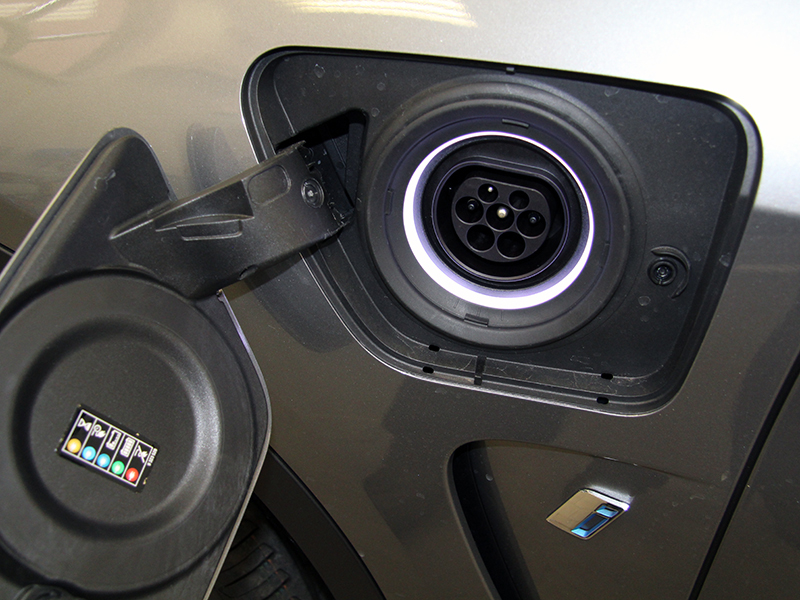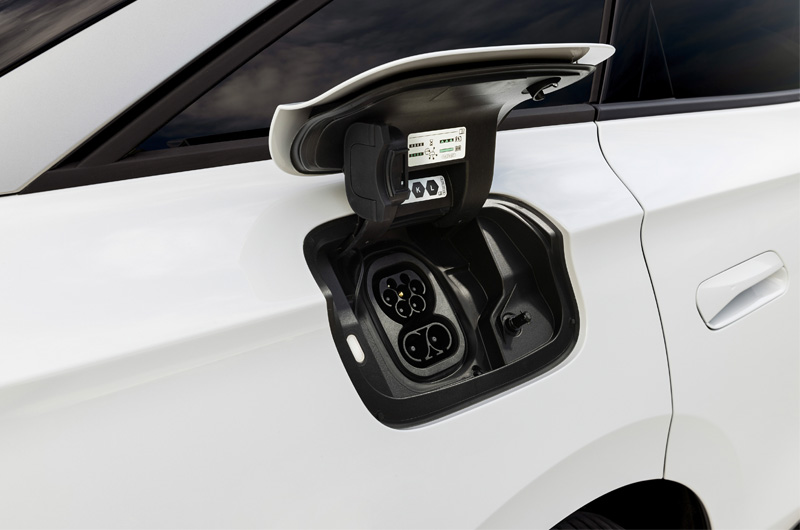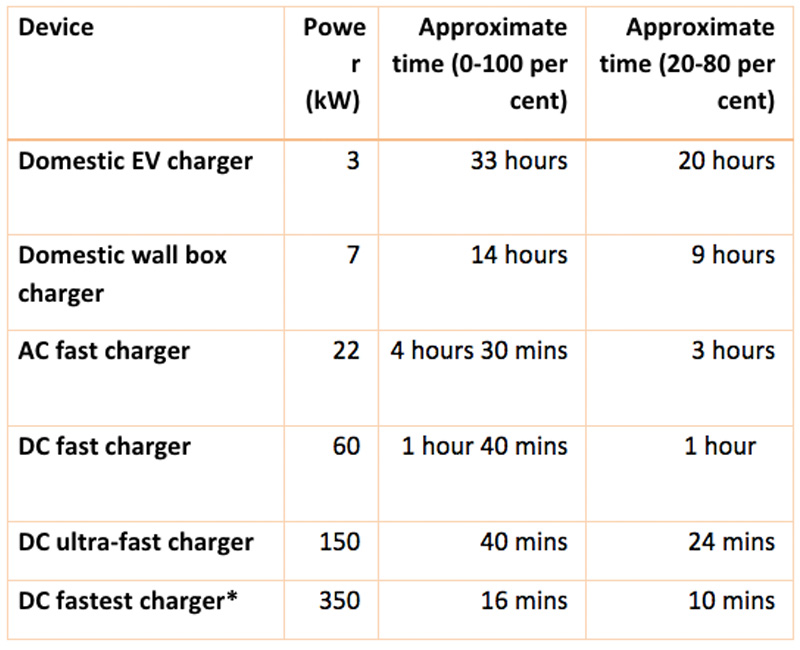
Charging an EV is clearly important. Because of this, the ‘lack of public’ charging is often stated as the reason many people will not yet buy an electric vehicle (EV). There is, however, a level of misunderstanding, among some groups, as to how and where an EV is charged. For this reason, this article is back to basics EV charging!
Charging ports
The charging port is where you plug in the cable that connects to the mains or to a dedicated charger. It may be under what looks like a fuel filler flap or behind the manufacturers’ badge. There are several types but two plug/socket designs are now most common.

Charging methods
There are several ways to charge EVs, including AC (alternating current) and DC (direct current) charging methods:
Domestic Socket Charging (AC): This method involves plugging the EV into a standard household socket using a portable charger. Advantages include accessibility and cost-effectiveness, as most homes already have AC outlets. However, it is the slowest charging option, typically providing 2-3 kW of power, and may not be suitable for long-range EVs. This is sometimes known as a trickle charge.
Dedicated Home Charging Point (AC): This involves installing a dedicated EV charging unit at home, also known as a home wall box charger. It provides faster charging speeds (typically 7-22 kW) compared to a domestic socket. Advantages include convenience and faster charging times. Disadvantages may include the cost of installation.
Workplace Charging (AC): Many workplaces in the UK provide charging facilities for employees. These chargers are typically similar to dedicated home charging points, offering charging speeds between 7-22 kW.

Public Charging Points (AC and DC): Public charging infrastructure is expanding across the UK, offering various charging speeds and connection types. Public AC chargers typically range from 3.7-22 kW, while DC chargers can provide higher power levels, commonly in the range of 50-150 kW, or even up to 350 kW for some rapid chargers.
Rapid chargers are high-power DC units. They can deliver power levels of 50 kW or higher, allowing for faster charging times, typically ranging from 30 minutes to an hour, depending on the battery capacity. The advantage is the ability to rapidly charge the vehicle during long journeys. However, rapid charging may be more expensive compared to slower charging options, and frequent use of rapid chargers may slightly reduce battery lifespan.
Example charge times
A typical recharge, particularly when travelling, is from 20 per cent to 80 per cent. Shown here are average times of the different methods for a 100 kWh battery (which is a big battery):

Note, a key point about EV charging is that it is always set by the vehicle but this is then limited by the charger. The rate of charging can never exceed what the charger can supply, but the vehicle can ‘choose’ a slower method than what is available – an issue that catches out some EV drivers if they have set a slow rate via the driver interface by mistake.
Developments
EV charging infrastructure is continually evolving, and new technologies and charging speeds are being introduced. The UK government and private organisations are investing in expanding the charging network to meet the growing demand for electric vehicles.









